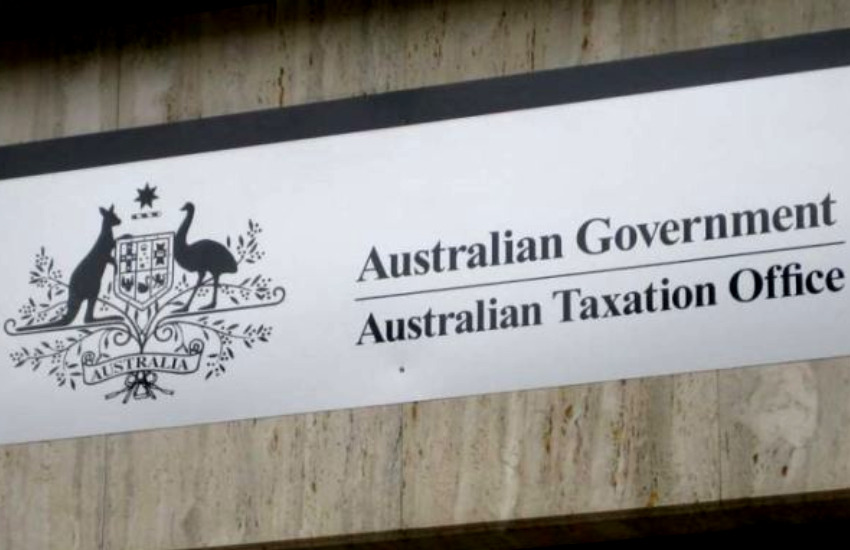ATO releases final PCG on professional firm profits
The ATO has published new guidance on the allocation of profits in professional firms and warned that certain arrangements involving the disposal of an interest to an SMSF might be considered high-risk.
The ATO has released Practical Compliance Guideline 2021/4, which applies to arrangements where taxpayers redirect their income from a business or activity to an associated entity and that income includes income from their professional services.
PCG 2021/4 applies from 1 July 2022 and clarifies how the ATO assess risk and its compliance approach to the allocation of profits in professional firms.
It replaces the web material published back in 2015, which were suspended at the end of 2017 due to the guidelines being misinterpreted.
Before applying PCG 2021/4, the ATO advised that taxpayers must assess if their arrangement is commercial and does not have high-risk features.
“We call these gateways, which you must pass before you can apply PCG 2021/4,” the Tax Office explained.
The first gateway, the commercial rationale gateway, considers whether the implemented arrangement and the way in which it operates are commercially driven.
“This means there must be a genuine commercial basis for the arrangement and also for the way in which profits are distributed,” the PCG stated.
The ATO warned that an arrangement showing a lack of commercial rationale might seem more complex than necessary to achieve the relevant commercial objective, appear to serve no real purpose other than to gain a tax advantage, have a tax result that appears to be at odds with its commercial or economic result, and result in little or no risk in circumstances where significant risks would normally be expected.
It may also operate on non-commercial terms or in a non-arm’s length manner and present a gap between the substance of what is being achieved and the legal form it takes.
Taxpayers must also assess that their arrangement does not have high-risk features.
The ATO said arrangements with high-risk features might have financing arrangements relating to non-arm’s length transactions, exploit the difference between accounting standards and tax law and be materially different in principle from Everett and Galland.
Arrangements with high-risk features can also involve multiple classes of shares and units, including creating discretionary entitlements such as dividend access shares, and involve multiple assignments or disposals of an equity interest.
The ATO also warned on its website that arrangements with high-risk features could misuse the superannuation system, “including assignments or disposals of an interest to associated SMSFs”.
Arrangements with high-risk features may also distribute income to entities other than the individual professional practitioner (IPP), with losses, it said.
The Tax Office warned that if it identifies arrangements that lack apparent commercial rationale or have high-risk features, it might consider applying anti-avoidance provisions under Part IVA or other integrity rules.
“If, as an IPP, you pass the gateways, you can then self-assess against the risk assessment framework to see the type of compliance attention that we will give to your arrangement,” it explained.
“As an IPP, if you return 100 per cent of the profit entitlement from the firm in your personal tax return, you are automatically in the green zone and don’t need to assess against the other risk assessment factors,” the ATO stated.
The final version of the PCG was released following consultation with professional bodies and external working groups and includes a wider variety of examples of arrangements and structures used by individual professional practitioners.
It also confirms that being high risk will not automatically result in an audit or application of the anti-avoidance provision Part IVA.
The ATO has also changed the benchmark percentages used in the Risk Assessment Framework to determine whether an arrangement is low, medium, or high risk.
There will also be a two-year transitional period until 1 July 2024 for arrangements that were low risk under the suspended guidelines but moderate or high risk under the new PCG.

Miranda Brownlee
Miranda Brownlee is the deputy editor of SMSF Adviser, which is the leading source of news, strategy and educational content for professionals working in the SMSF sector.
Since joining the team in 2014, Miranda has been responsible for breaking some of the biggest superannuation stories in Australia, and has reported extensively on technical strategy and legislative updates.
Miranda also has broad business and financial services reporting experience, having written for titles including Investor Daily, ifa and Accountants Daily.








